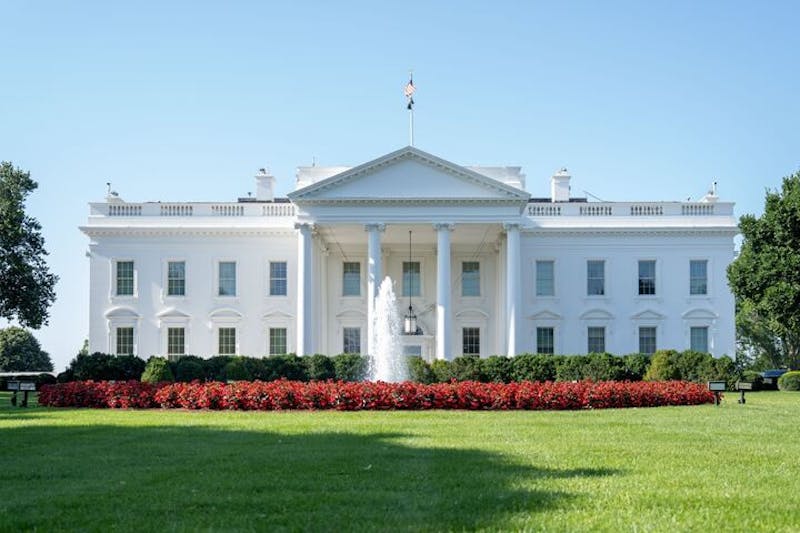
Westward expansion just might be a thing of the past.
While officials are undertaking several real-estate projects around the core of campus, the University is simultaneously moving forward in its expansion east toward the Schuylkill River.
In 2007, Penn will acquire 24 acres of land between Locust and Market streets east of campus. The University bought the property from the U.S. Postal Service for a sum of $50.6 million.
The land is intended to permit Penn's continued growth for the next few decades. As the area is adjacent to the Schuylkill River, development of the land is expected to help bridge the gap between Center City and University City.
University President Amy Gutmann formed the Campus Development Planning Committee in April to develop plans for the land. The committee is chaired by Executive Vice President Craig Carnaroli and Provost Ron Daniels. Daniels is replacing the original co-chairman, Interim Provost Peter Conn, who is currently on sabbatical leave.
Penn is now collaborating with Sasaki Associates, an architectural firm recently awarded top prizes for site designs for the 2008 Olympic Games in Beijing. The firm has also done work immediately relevant to Penn's expansion, including campus- planning projects at schools such as Harvard , Princeton and Penn itself, as well as a collaboration with the Schuylkill River Development Corporation on projects along the river.
The firm is working with Penn "to update the campus master plan ‹¨« to incorporate the postal lands into the master plan" and is also "working with the committee on the eventual development" of the area, Carnaroli said.
Initial ideas and proposals are set to be submitted by the committee in November or December of this year. A final report to Gutmann is due in June 2006.
"The timing [set by Gutmann] is very strict," said Omar Blaik, senior vice president of Facilities and Real Estate Services.
Since the University will not actually acquire the land until January 2007, concrete ideas on its use and the specific types of facilities and buildings to be established there are still too undeveloped to be commented on, Carnaroli said.
"We have been taking a lot of tours to get a sense of the space," he said.
The committee has also been working with a variety of sources, including "a group of thought-leaders ‹¨« people who are leaders in their [academic] fields" to gain input on development plans, he said.
Working with input from various fields, Carnaroli said, ensures that the committee recognizes the diverse academic needs and is "as inclusive as possible."
The committee also has sources of student input in the form of the Undergraduate Assembly and Graduate and Professional Student Assembly.
Though no official student input has been submitted to the committee yet, the Student Consultative Committee for Penn's Eastward Expansion was formed with three undergraduate and three graduate representatives to voice student input.
Carnaroli said that one important issue in developing the land was "to what degree can you make it lively."
"If it is exclusively academic, the lights will go out in the night." Instead, the development aims for a mixture in the uses of buildings so that there will "be people on the street" at all times of the day, which he says is key to the sense of life and community that the development is aiming for.
New construction on the land will most likely consist of retail and residential, as well as academic buildings.
While much of the vision for the area concerns its relations with the Schuylkill and Center City, Blaik also expressed the need to "think in context of the entire campus" and to consider how this expansion opens up "a different approach" to what defines "the core of campus."
"It is a dynamic equation," Carnaroli said, noting the need of the development to achieve both short-term goals, such as alleviating the current lack of parking, and long-term goals like foreseeing and accommodating the growth of the University in the coming decades.
The Daily Pennsylvanian is an independent, student-run newspaper. Please consider making a donation to support the coverage that shapes the University. Your generosity ensures a future of strong journalism at Penn.
DonatePlease note All comments are eligible for publication in The Daily Pennsylvanian.







